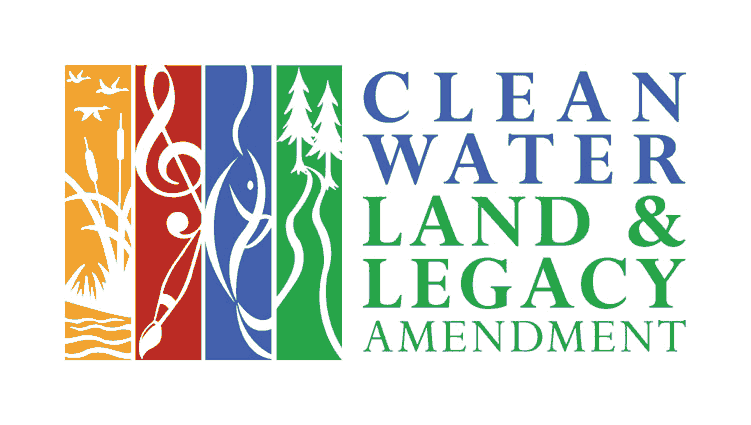Relics of Minnesota history play bingo

Using a Lasergraphics film scanner, April Rodriguez and Joe Larsen digitize material for the Minnesota Historical Society's collection at the Minnesota History Center in St. Paul on June 2.
Anika Besst | MPR News
Go Deeper.
Create an account or log in to save stories.
Like this?
Thanks for liking this story! We have added it to a list of your favorite stories.



